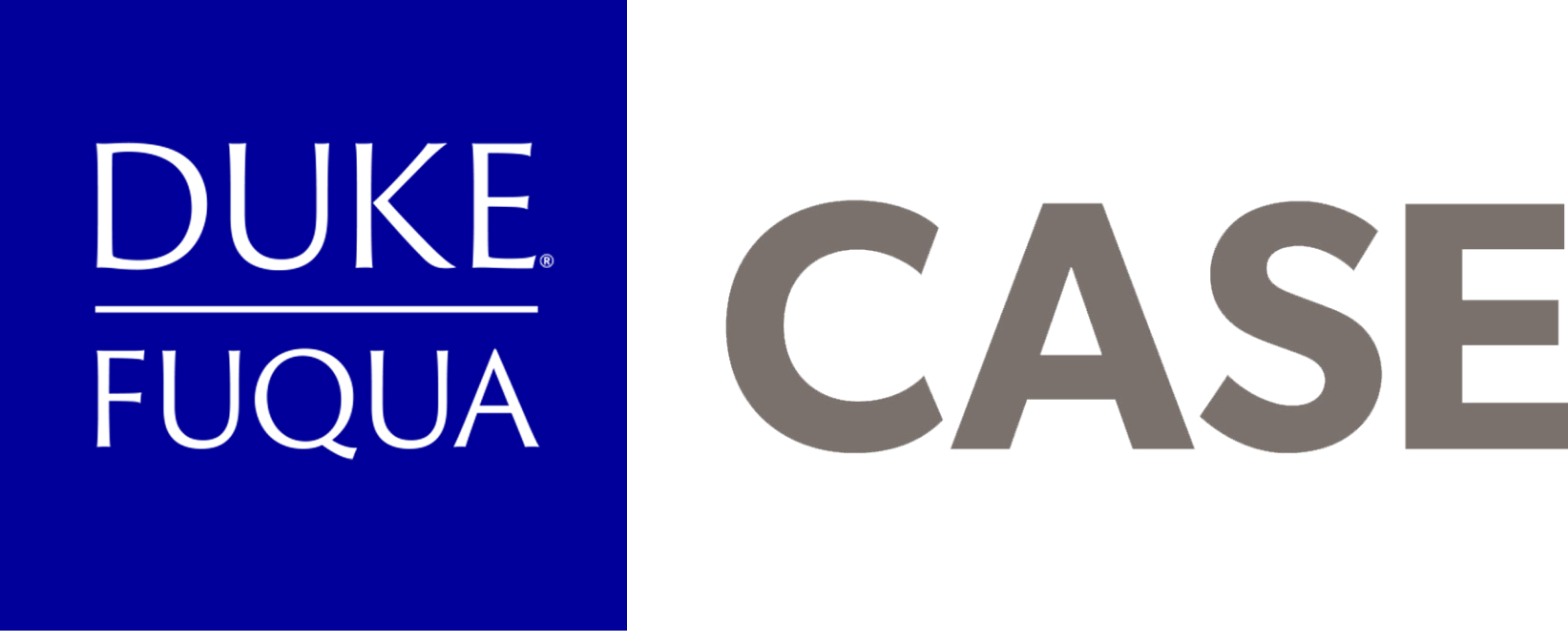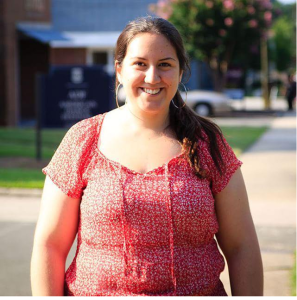This post was written by Alejandra Rossi, 2017 Daytime MBA in December 2015. Alejandra is a proud Uruguayan who has come to business school to learn how to generate a bigger impact in the world, after working for over 7 years with entrepreneurs of many kinds in her home country.
On November 18, 2015 Professor Greg Twiss offered a workshop on Design Thinking for Fuqua students. The invitation was intriguing: “What if managers thought more like designers?” The workshop generated great interest among the students, quickly reaching wait list status, and went above and beyond our expectations. Here are some of the many insights I got after attending this great workshop.
1. Find and Solve the Right Problem
Design thinking’s premise is all about finding the right problem to solve. To do that, it’s important to cultivate observation skills or an active curiosity. The key ingredient is to start by asking “Why?” rather than “How?” Otherwise we could find ourselves with a solution to a problem that was not even a problem in the first place.
For example, during the workshop, we heard from a current Duke student who developed a project to facilitate blood pressure monitoring in Kenya. After working for several months on it, she was ready to travel to Kenya and show her work. When she arrived, the very first doctor she met in the field told her: this won’t work. The reason? Batteries. The product needed them to function and charging batteries was one of the main issues in that area and the true problem that needed to be solved.
We sometimes forget that our environment and situation is not always standard, and when designing for humans we need to focus on the human being served by the product, service or solution. That is where we should all start from.
2. The Art of Intersection
One of the questions I sometimes get asked is what I am doing at business school if I want to work on social impact. After the workshop, I feel I have a great answer to offer: the art of intersection.
Finding solutions to social problems or, more broadly, designing for humans, requires a wide set of tools: finding what people truly need, coming up with the right technology and business tools to make it viable, including the users’ opinions and views as a key factor for success, etc. All of these elements are needed together to create great solutions.
Bringing together a clear understanding of the problem, the best set of tools to tackle that problem, and, most importantly, empathy, is the intersection needed for great design.
3. What Can I Do to Make My Corner of the World Better?
Throughout the workshop, we were challenged to find solutions to common ground problems. Not the pressing big problems but rather the simple ones that are around us, many of which are merely status quos that we take for granted.
Under the premise of “why do people not want to donate blood?” different teams came up with ideas that challenged the status quo, asked the most curious questions and came up with out-of-the-box solutions to make the experience more enjoyable and convenient. Generating impact does not imply big changes, but rather improving what is just in front of our eyes.
So… What About Spaghetti?
We started the workshop building the largest possible spaghetti-Mentos tower. The challenge embodied everything design thinking is about: identifying the challenge, designing a solution with the tools we have around us, brainstorming in teams to get many types of ideas, prototyping and daring to test our solutions.
Name it spaghetti, name it changing the world…are you ready to make your corner of the world better?


